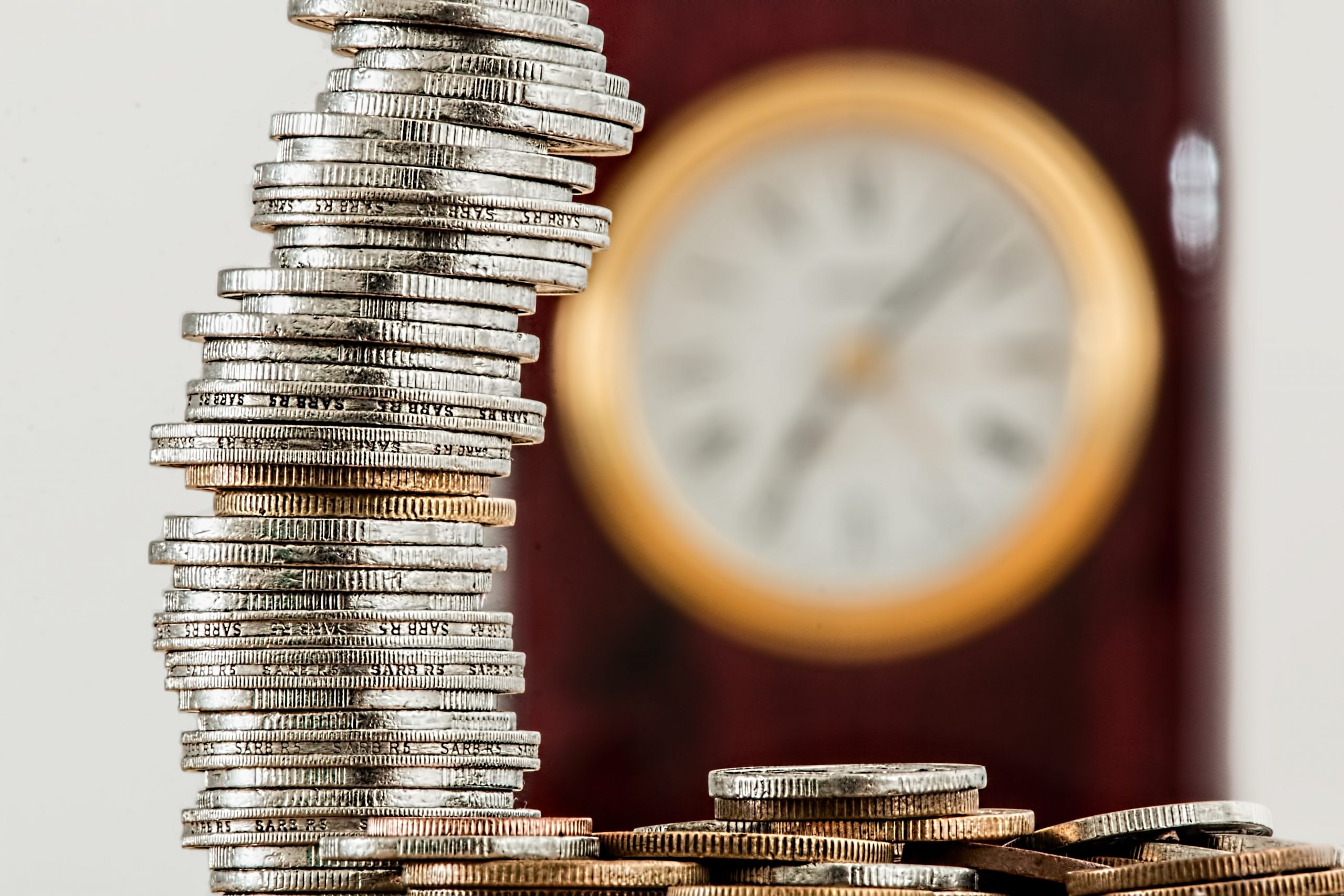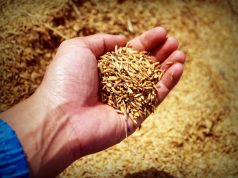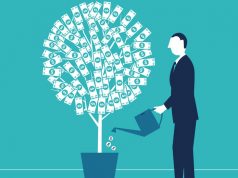Swaminathan S. Anklesaria Aiyar is currently Consulting Editor of The Economics Times and a research scholar at The Cato Institute. He has been editor of two of India’s biggest economic dailies, Financial Express in 1988-90 and The Economic Times in 1992-94. For two decades, he was also the India Correspondent of The Economist, the British weekly. He has been a frequent consultant to the World Bank and the Asian Development Bank. He is best known for his popular weekly column in The Times of India, “Swaminomics”. Swami, as he is universally called, is also a social investor.
Here is a repost from one of his weekly opinion piece, pertaining to the pandemic COVID-19 and its effects on the international economy.
We face the greatest medical-cum-economic crisis in history. Admit it or not, the coronavirus has already created a deep global recession. Even earlier, Europe and Japan verged on recession while Indian GDP growth had halved from its peak. This leaves little resilience to meet the coming hurricane.
Let’s hope the coronavirus will not be as bad as the Spanish flu that infected 200 million and killed 50 million in 1918-19 — more than all combat deaths in World War I. No vaccine or cure existed for Spanish flu, just as there is none for the coronavirus. It will keep spreading till it naturally dies out like other epidemics.
In the best-case scenario, the virus may last one quarter. Lakhs of individuals and businesses will die, but many economies could revive by end of 2020. In this best-case scenario, the world and India will suffer a short, serious but not a catastrophic recession.
In the worst-case scenario, the virus will spread havoc for a year. In that extreme case, billions may get infected and tens of millions may die. However, most experts predict just 0.5 million deaths. Still, the economic disruption will be enormous, possibly as bad as in 2008.
Most analysts have focused, rightly, on the human tragedy. But the economic consequences may be as bad. The first-round effects are already clear. When China locked down Hubei province, the source of the virus, this disrupted global value chains in industrial production, especially electronics and pharma. The world prepared for a trade shock. India restricted the export of some medicines to avert shortages. The OPEC agreement fell apart and the price of oil crashed, threatening the oil and associated industries including automobile, especially small players.
Then came massive strangulation of activity by governments to quell the virus. The movement was slashed or banned in entire countries starting with Italy. The US banned visitors from 26 European countries, and will surely expand the list. India stopped visas to tourists and automatic clearance for NRIs. Country after country is enforcing isolation.
Mass meetings of all sorts — the Tokyo Olympic Games, IPL in India, football World Cup, National Basketball in the USA and other sports spectaculars have been or will soon be cancelled. Entertainment and restaurants have been vivisected: New York has closed down Broadway shows. In many countries, the assembly of over 100 people is being limited or forbidden. This may look like panicky overkill, but no government wants to be accused of letting people die.
India teems with festivals and pilgrimage sites where lakhs participate. Vaishno Devi, Triveni, Tirupati and other sites get millions of pilgrims a year. Will the government close them all, or let them become hubs of killer infection? What about Durga Puja, Diwali, Ganesh Chaturthi and other mass festivals? Official bans will be politically difficult, and impossible to implement. Lesson: India is a major global risk centre. Hopes that high Indian temperatures will kill the virus look exaggerated — tropical Singapore and the Philippines are already victims.
Shutdowns and lockdowns will wreck industries galore — airlines, road and rail transport, films, music, sports, advertising, media (which depend on advertising), shopkeepers and hawkers, tourism, and many more. If consumers cut consumption by no more than 5% to avoid infection, that will suffice for a world recession.
Consumer durables are highly vulnerable since people can easily put off their purchases. For safety, people will go out less, shop less, and stay home watching TV and video. This crash, in activity, will affect every nook and corner of the economy. The recession that follows can cause thousands of bankruptcies (oil-related sectors look riskiest) that may make recent years look like a picnic. Corporate debts have stayed high after 2008, so the global and Indian financial systems are again in danger, even as they struggle to throw off the bad loans and mega-losses of the past.
Millions will avoid going to work because of fear, bad health or lack of transport. This worker shortage will hit the supply of services and goods.
Conventional recessions can be tackled by loose fiscal and monetary policy. These will not work when fear drives the slowdown. In many countries, interest rates are already close to zero, so central banks have lost their power to stimulate through big rate cuts. The RBI could cut interest rates by as much as 2%, but will that revive lending when recession and fear are killing businesses? The moribund financial system will blunt all fiscal and monetary initiatives.
Governments the world over will let fiscal deficits explode to stimulate spending. In a best-case scenario, we will fall hard but rise again by end of 2020. A worst-case scenario is too scary to even contemplate.
This post was originally published on the Times of India, on 15th March, 2020 and can be accessed here.
Read more: Markets are Leading the Fight Against COVID-19
Post Disclaimer
The opinions expressed in this essay are those of the authors. They do not purport to reflect the opinions or views of CCS.






